*Image Courtesy of New Energy and Fuel.com
Authors: Steve Bistak, Regional Sales Manager – NE, AC Drives / HMI Department, Fuji Electric Corp. of America, and Sun Y. Kim (Sean), Senior Regional Manager, ACDR/HMI, Fuji Electric Corp of America
Most pumps and fans operating in industrial and commercial applications are currently driven by AC induction motors. “ACIM”, which stands for “alternating current induction motor”, is an asynchronous type of motor that relies on electric current to turn the rotor. Torque is produced by electric current in the rotor. The electric current is generated through electromagnetic induction from the magnetic field of the stator windings. In an ACIM, the rotor always rotates at a lower speed than the magnetic field. A “PMSM”, which stands for “permanent magnet synchronous motor”, relies on magnets to turn the rotor, which spins at the same speed as the PMSM’s internal rotating magnetic field.
There are a few key differences between AC induction Motors and Permanent Magnet Synchronous Motors.
Permanent magnet motors MUST operate with a drive.
AC induction motors can be used without a VFD to drive a pump or fan, but are often installed with variable frequency drives (VFD) in pump systems or fan systems in an effort to improve system efficiency. Permanent magnet synchronous motors require a drive to operate. PMSMs cannot run without a drive. A VFD is required to precisely control the speed of the PMSM to meet the application requirements for pressure, flow, volume, etc. Some new VFDs already come with permanent magnet motor control options as a standard feature, allowing operators to control the permanent magnet motor to drive the fan and/or pump more efficiently.
Permanent magnet motors offer significant efficiency improvements over AC Induction Motors.
A permanent magnet motor’s full load efficiency is higher than an AC induction motor. Figure 1 below shows the ranges of efficiencies between two standards of AC Induction Motors and known published Permanent Magnet Motors.
Figure 1. PM motor efficiencies on VFD power. ACIM on Sine wave. ACIM motors lose .5 – 1.5 points of efficiency when run on VFD.
It is important to note that VFDs do not improve motor efficiency; VFDs help to improve system efficiency over operating speed ranges because most systems do not operate at top speeds all the time. Adding the VFD helps your system efficiencies because it has the capability to slow down the motor and the fan or the pump as opposed to turning a valve to throttle the pump or closing a damper to block off air flow.
Take a look at Figure 2, which compares a 10-horsepower 1800 RPM Permanent Magnet Synchronous Motor to a NEMA Premium Motor operating with a variable torque load over a 3 to 1 speed range. You can see that in both cases, the efficiencies of both types of motors drop. The NEMA Premium Motor efficiency drops from about 90% to about 72% at 600 RPM and the ECPM drops from about 94% to 83%. While system operation affects equipment efficiency, permanent magnet motors have been proven to show higher efficiencies over AC Induction Motors.
Figure 2. Comparison of relative efficiencies between PMSM motor and ACIM with 3:1 turndown.
Advantages and Disadvantages of Permanent Magnet Motors
While AC induction motors are more commonly found in motor-driven systems, they are often larger in size and less efficient than permanent magnet motor solutions. While permanent magnet motor solutions tend to have a higher initial cost, they may offer a smaller size for more compact mechanical packages and, more importantly, higher efficiencies.
Permanent magnet motors tend to be more expensive than AC induction motors and have been known to be more difficult to start up than AC induction motors. However, the advantages of permanent magnet motors include higher efficiencies (as discussed above), smaller sizes (permanent magnet motors can be as much as one third of most AC motor sizes, which makes installation and maintenance much easier), and PMSMs’ ability to maintain full torque at low speeds.
The Trend is Shifting
The use of PMSMs in combination with VFDs is not brand new; however, design engineers and equipment owners are starting to install more permanent magnet motor solutions for fan and pump applications because of their smaller size and higher efficiencies. Up to this point, VFDs needed to have a special formula to drive a permanent magnet motor; now, there are some new VFDs available to the market that have a built-in standard feature to control permanent magnet motors without extra cost.
As more VFD manufacturers begin to add features for higher performance control of PMSMs, the trend will be for owners and operators to install motor systems that operate more efficiently, in smaller packages, and at lower costs.
Read more about motors!

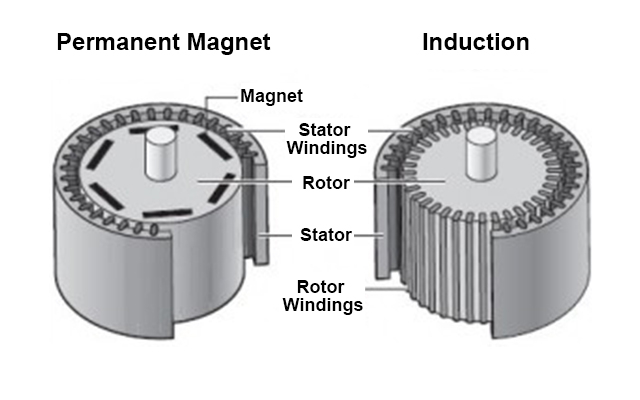
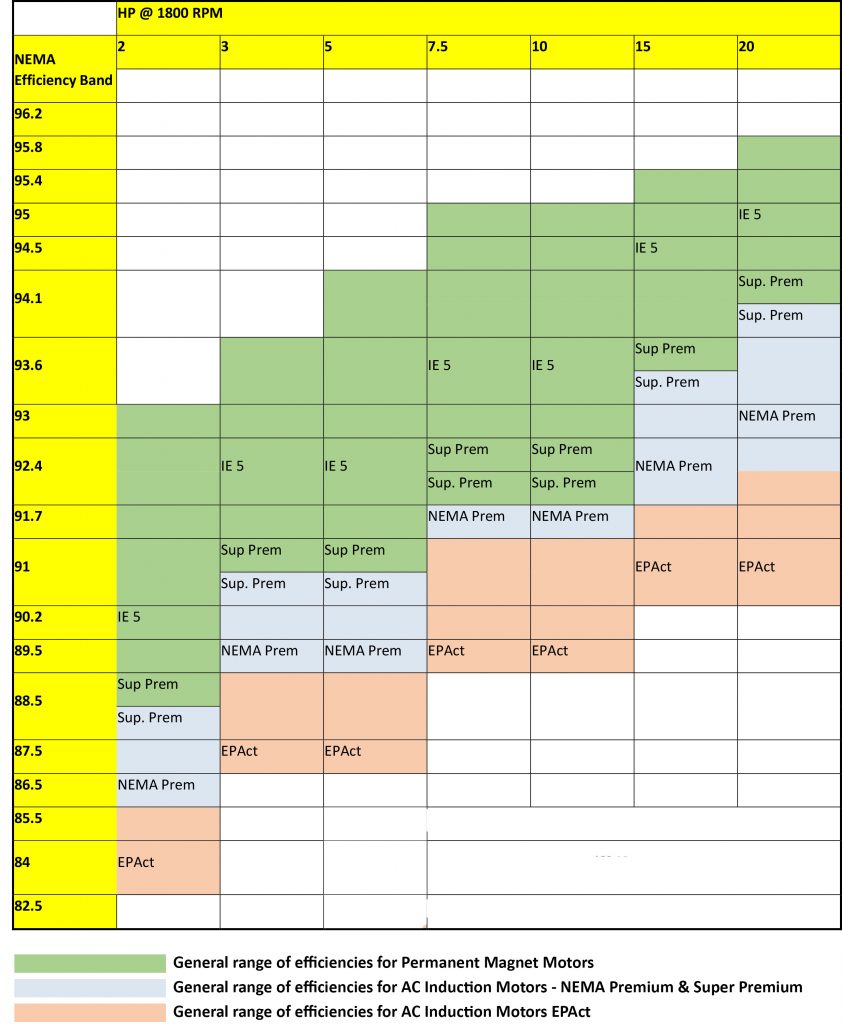
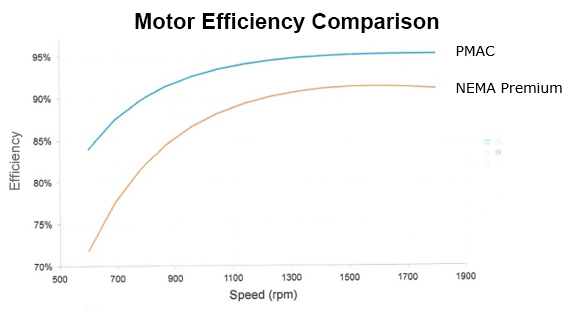
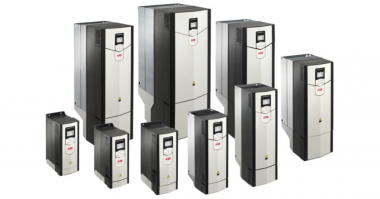
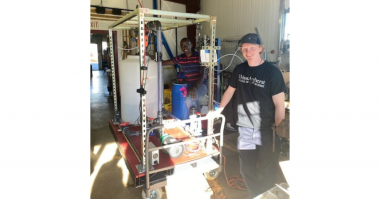
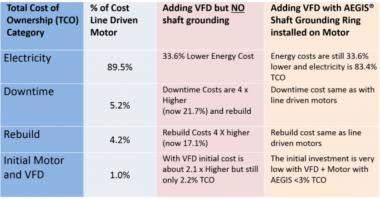
The comparison between PMSM and ACIM is very interesting.
Please send me wiring diagrams for operating PMSM with VFDs and ACIM with VFDs for my understanding.
[…] http://test.empoweringpumps.com/ac-induction-motors-versus-permanent-magnet-synchronous-motors-fuji/ […]
The PMS motors are unreliable in refrigerations systems and the failure of which for use in evap fan motor, causes a cascade of failure to the compressor pump. Same money on the energy usage, but damage the whole unit or create higher maintenance cost.
The failure is in the PMS control and the start up torque depends on the control.
After 6months to 2yrs, the motor control fails for the evaporator fan. If the power is not turned off to the system, the compressor pump can fail due to the evap. fan motor failing. It costs 600 dollars to replace a evap. fan motor from a repairman. The refrigerator cost 1200. After 6months to 2 years use, this is not economical and creates environmental waste to replace the refrigerator. The PMS evap fan motor cost 100 dollars from the refrigerator manufacturer. As a UL engineer, I replaced it with a 10 dollar induction fan motor because this technology works. Though at a cost of less electrical efficiency, I don’t have to spend 1200 dollar and create waste every 6months to 2years. I am pretty disappointed in how there are articles stating the reliability of the PMS motor and the data they present to convince the community that the PMS motor is way to go. If the reliability of the start control was better……
f
Cost vs performance is always a tricky decision for engineers. Best system vs. sufficient enough system is decision we all make based on priority. Important trend is many of current VFD technology allow to have option for both PM or induction motor control without additional cost. Thanks
Nice post! You have described the advantages as well as disadvantages of permanent magnet motors very well. I think this graph made it easy to understand. Saving money is also a good concern and this technology of permanent magnet motors is quite expensive. Thanks for sharing!
SJ700D Series Variable frequency drives
There are a few key differences between AC induction Motors and Permanent Magnet Synchronous Motors. Permanent magnet motors MUST operate with a drive.